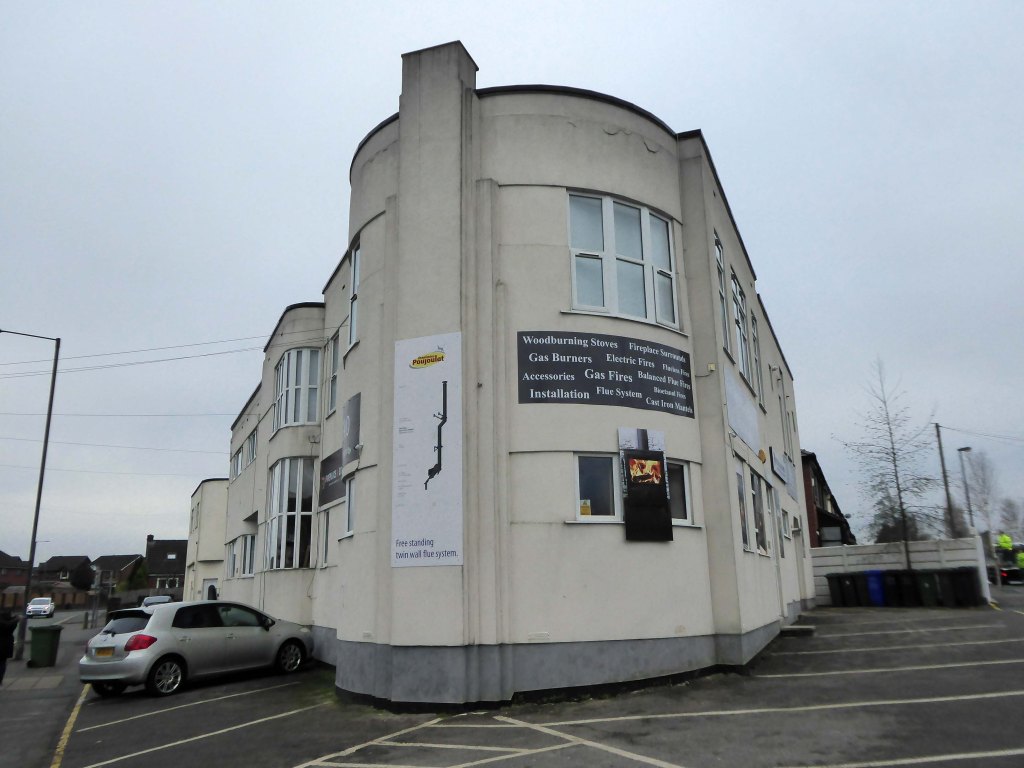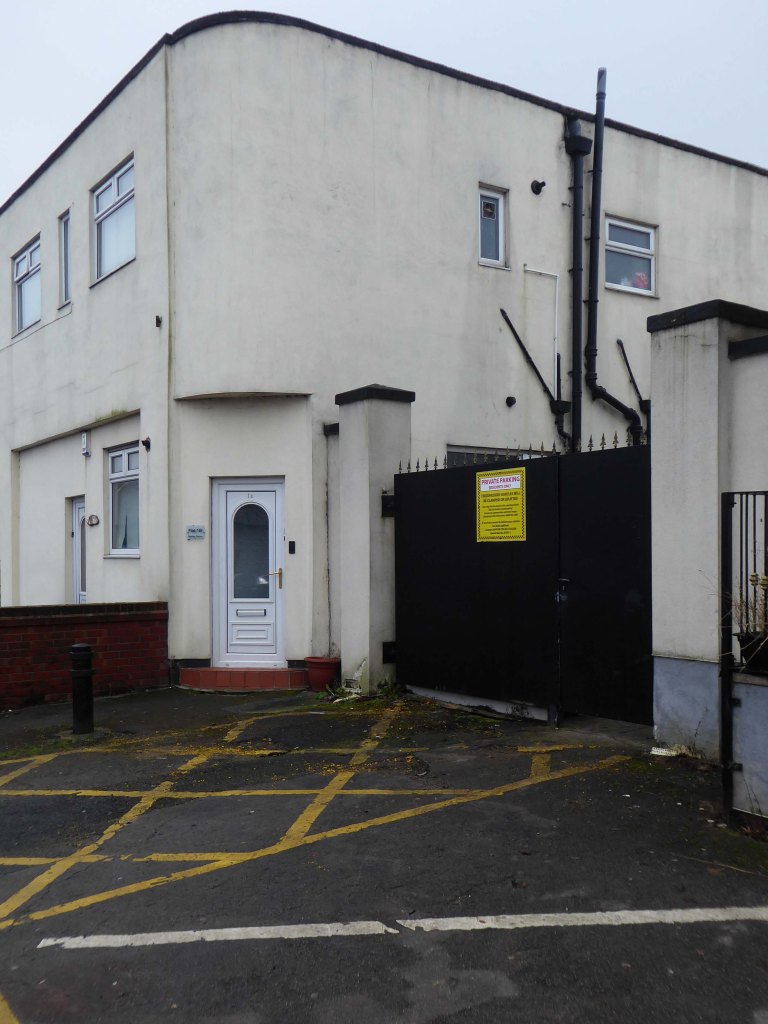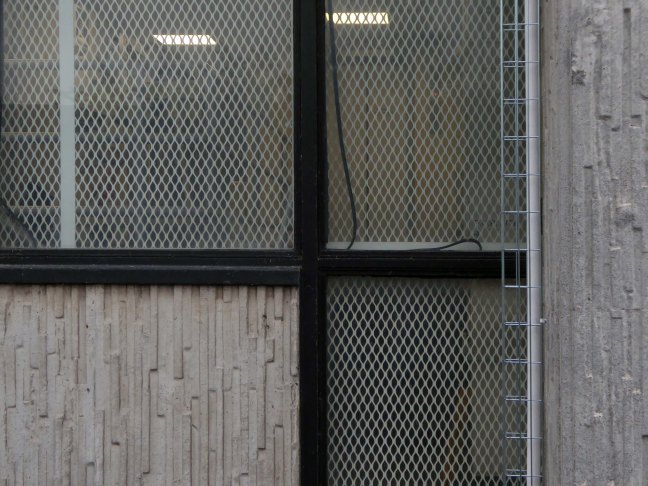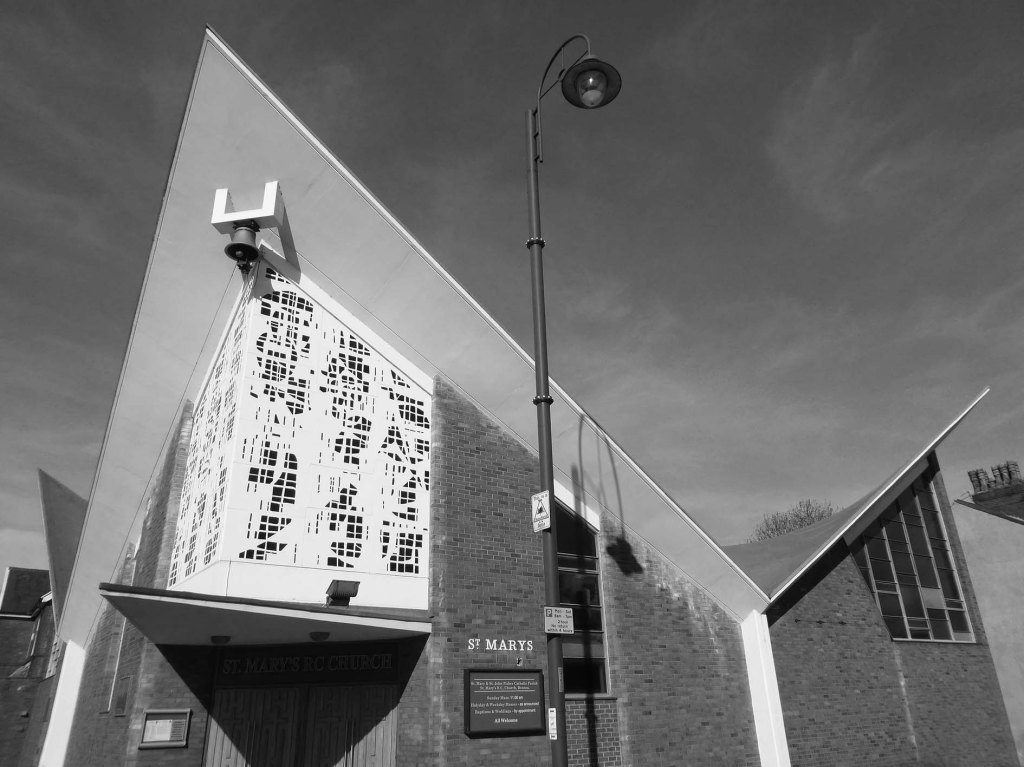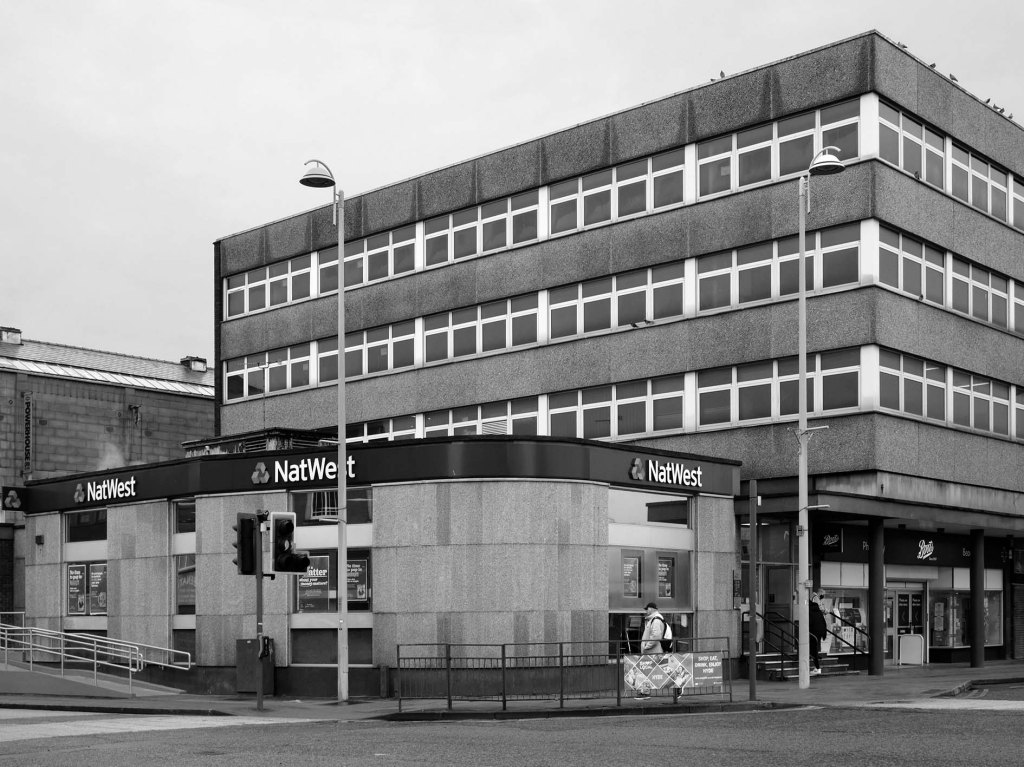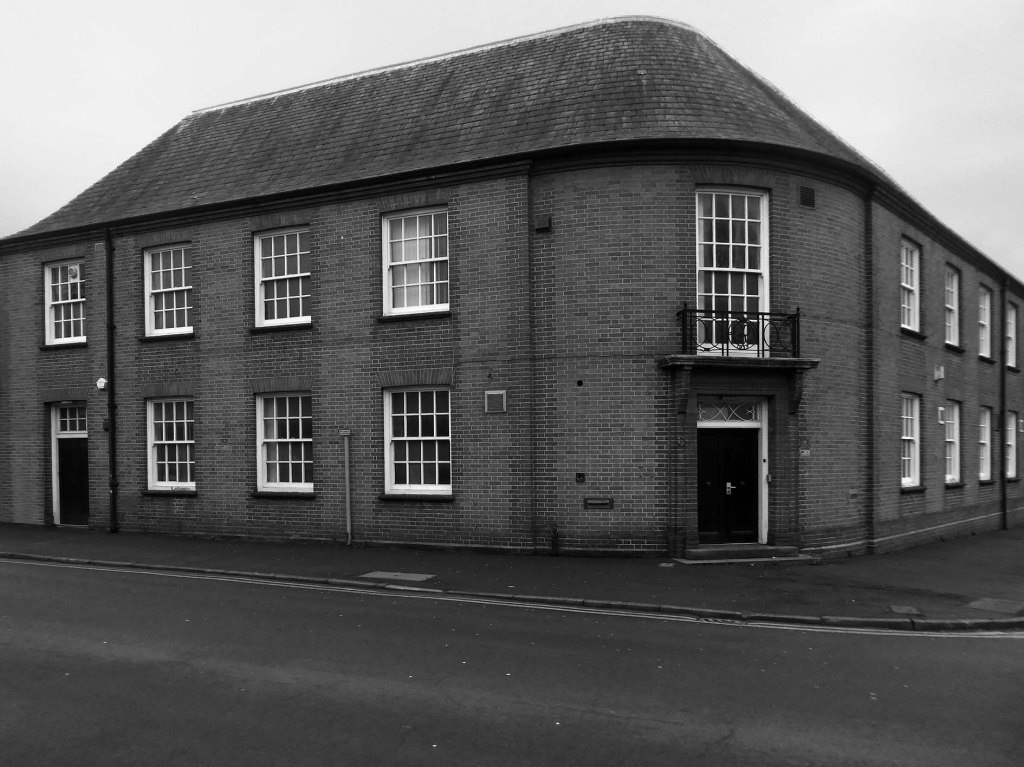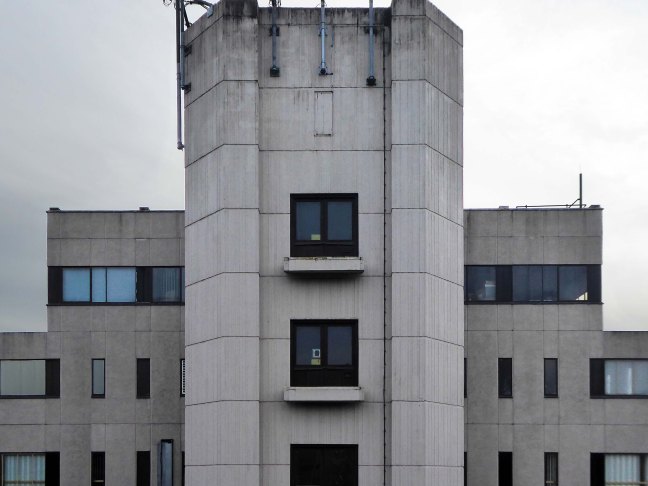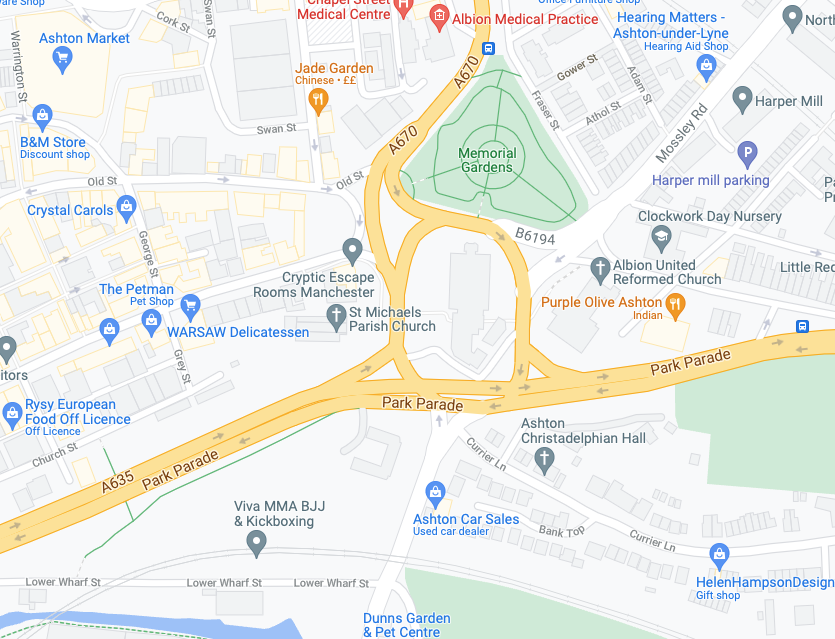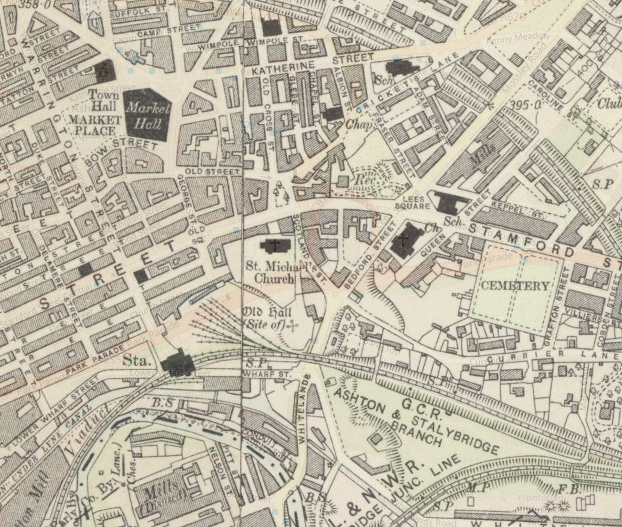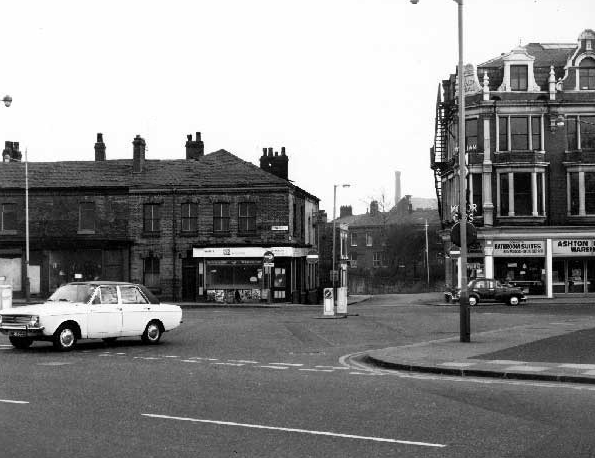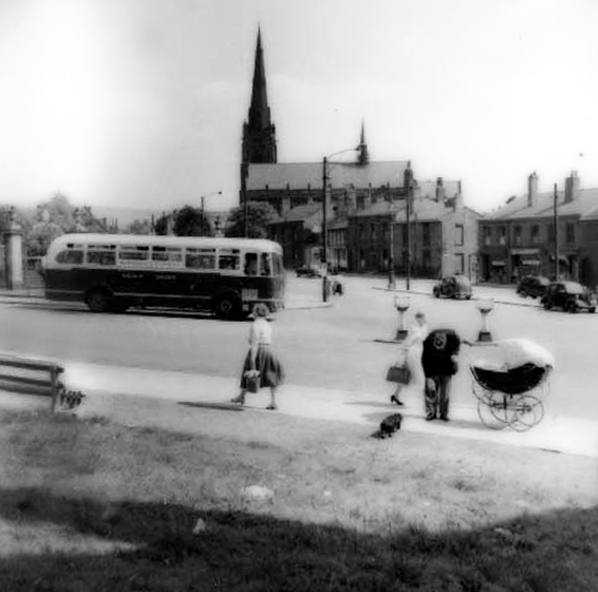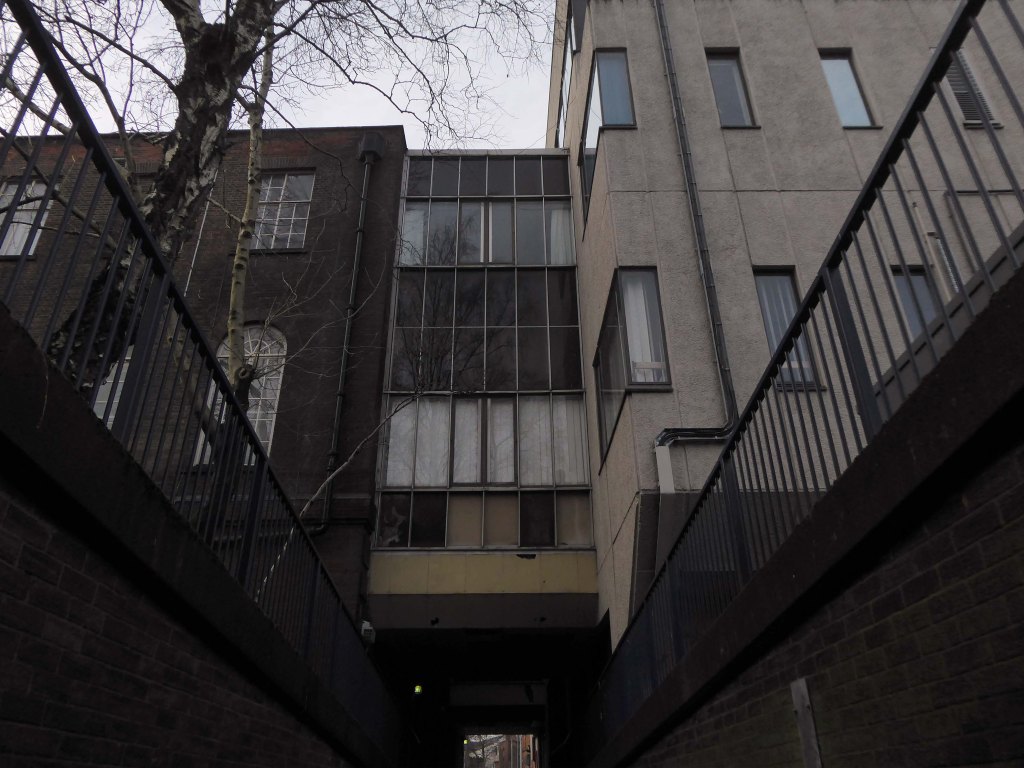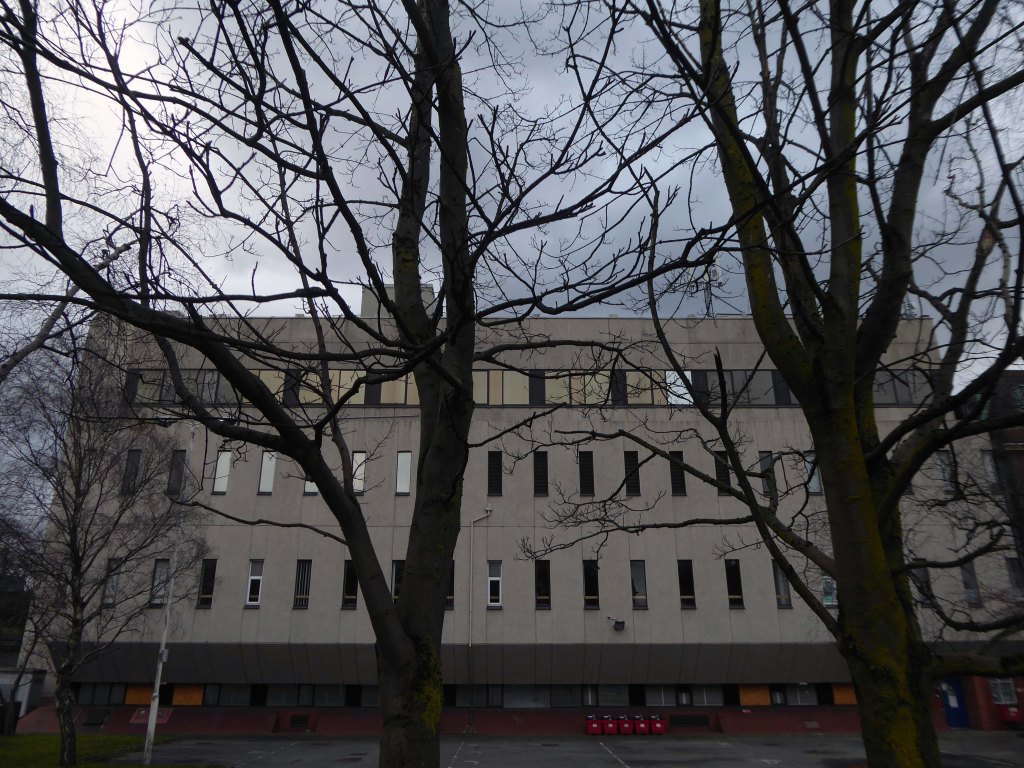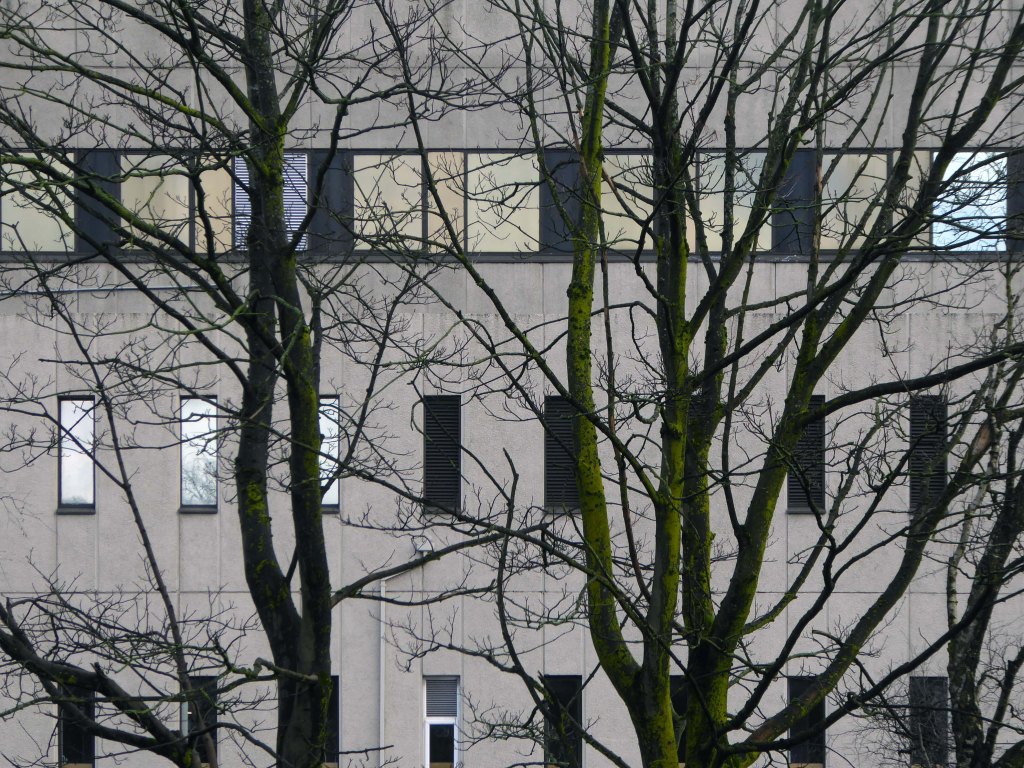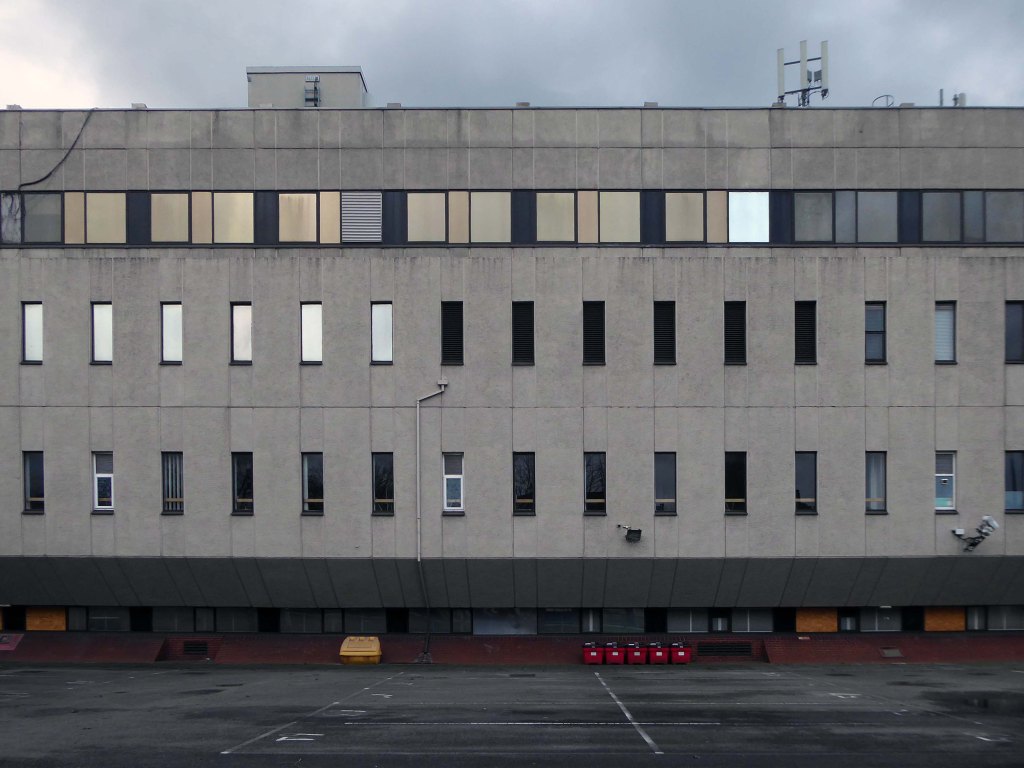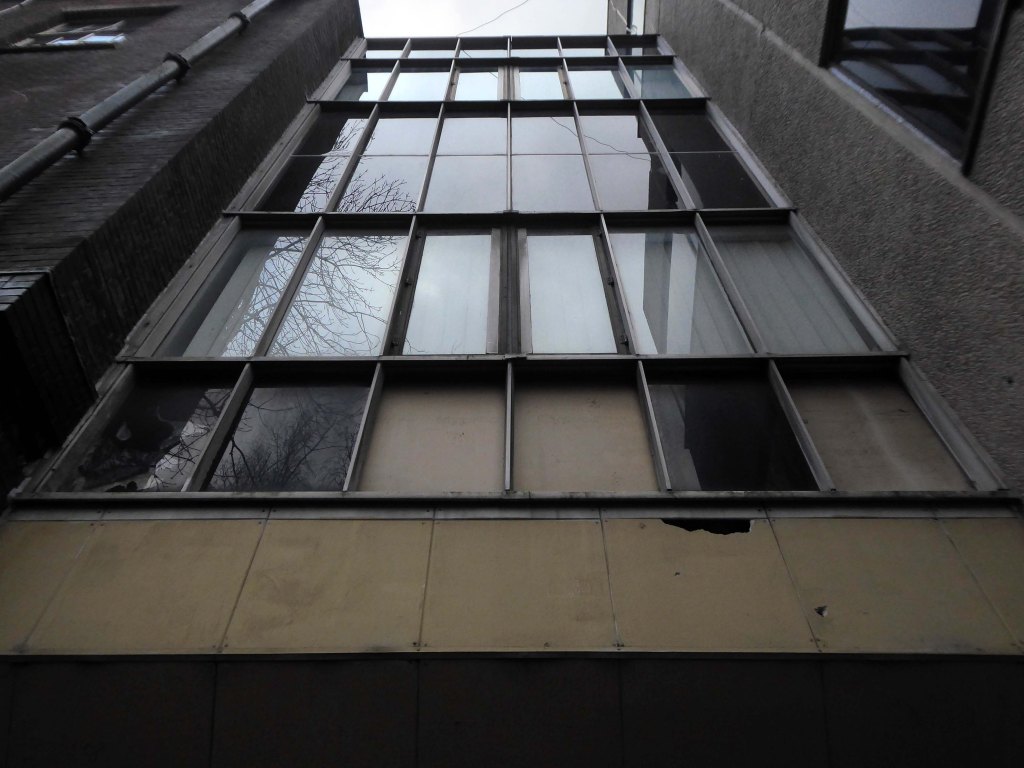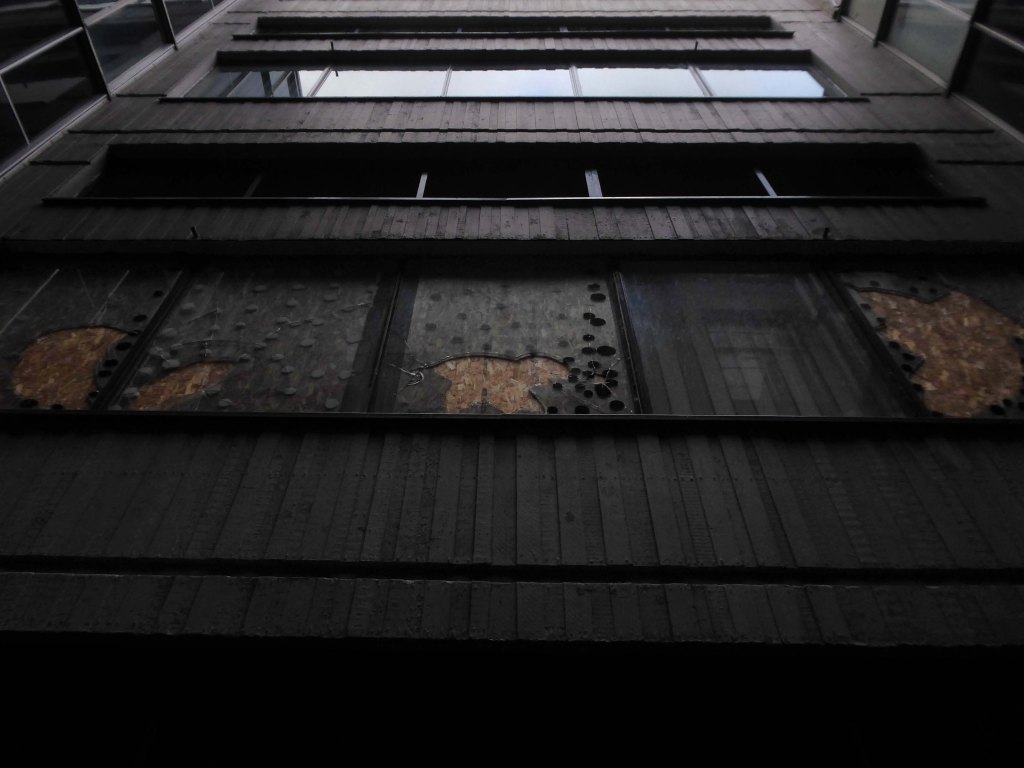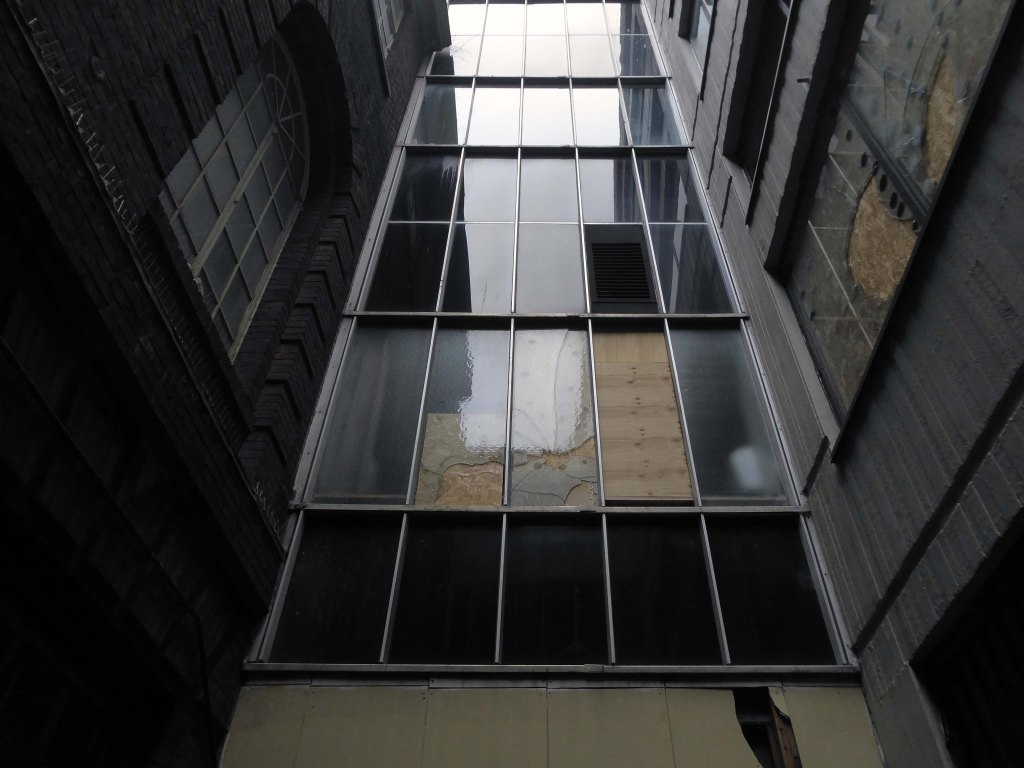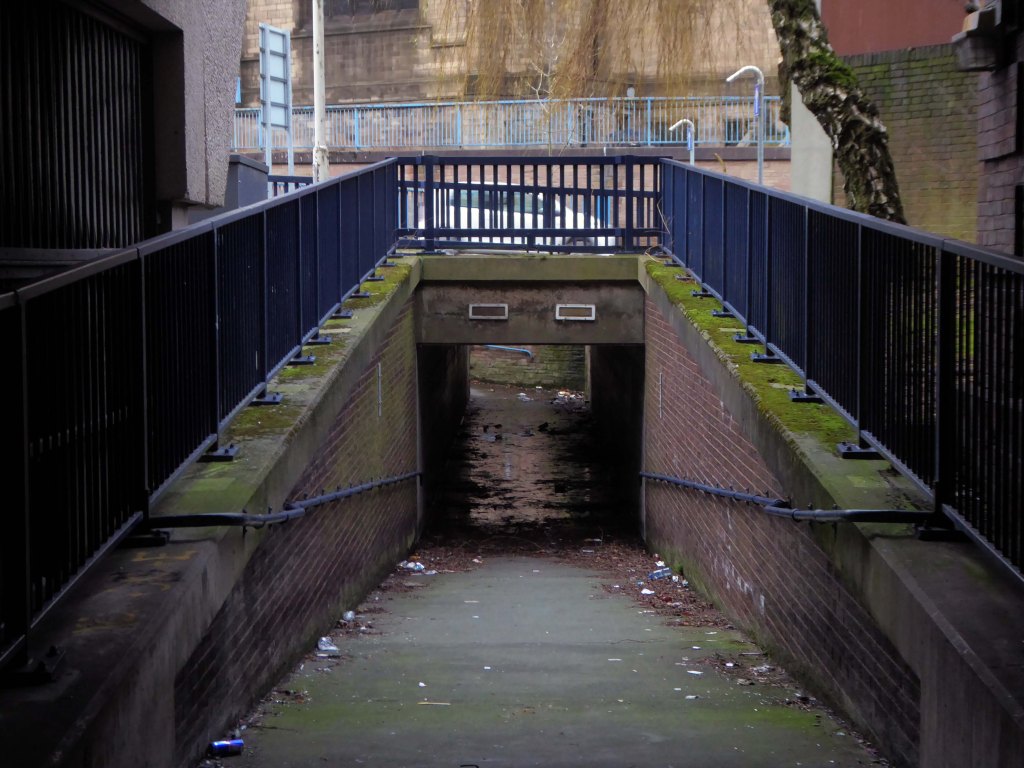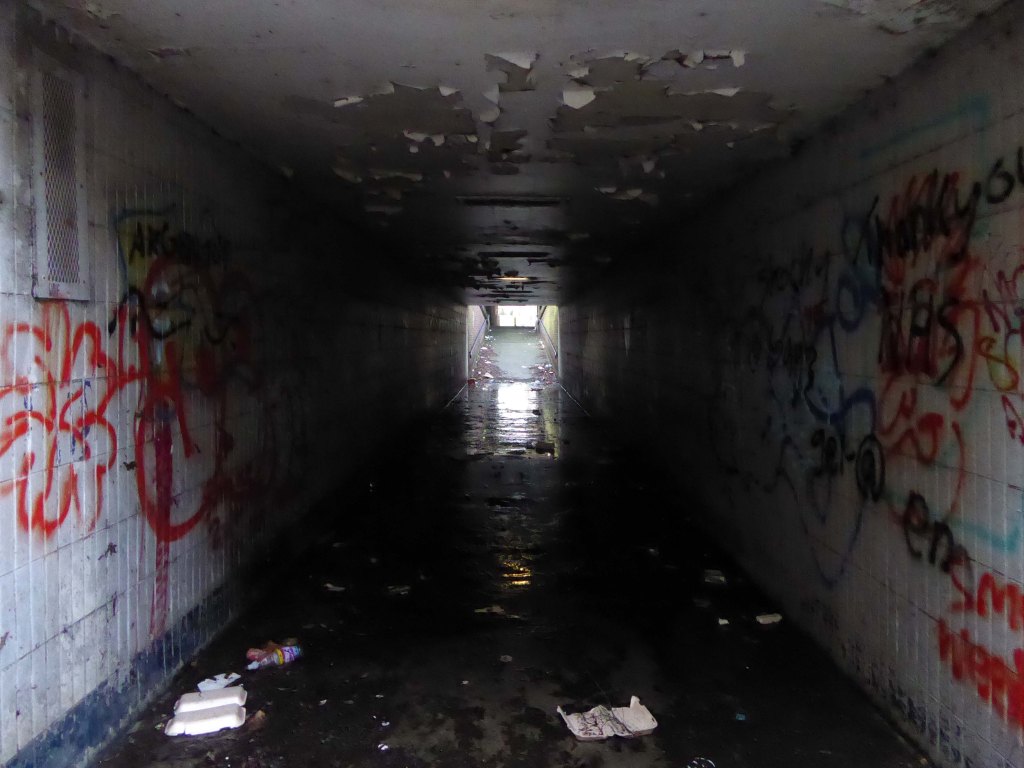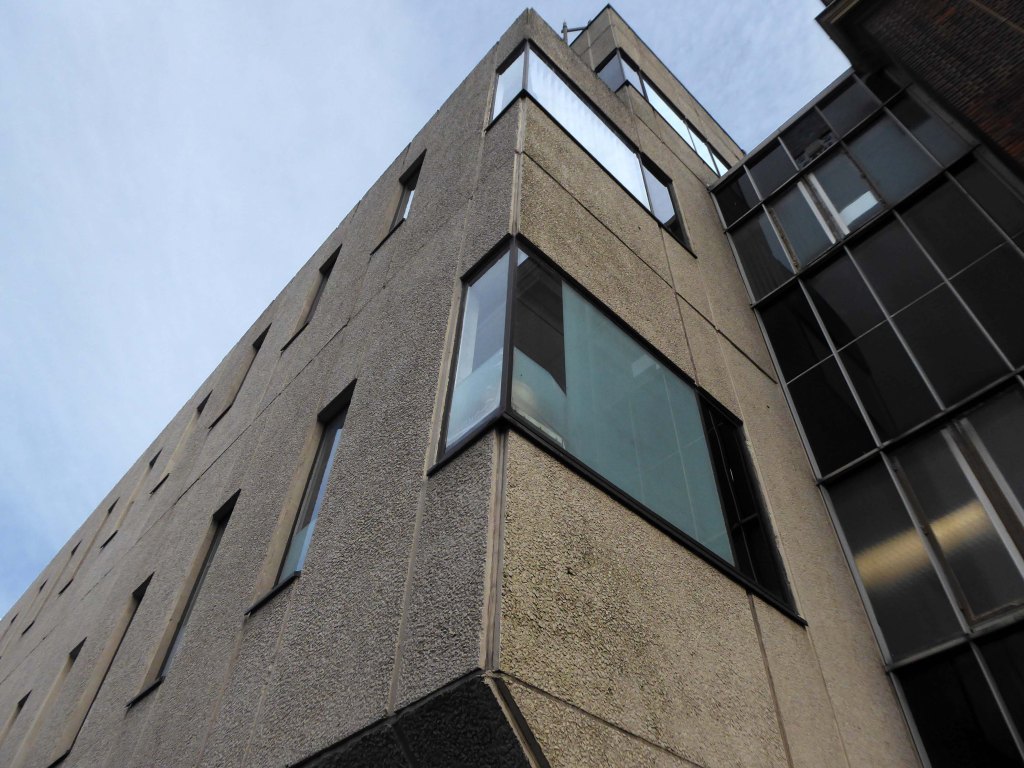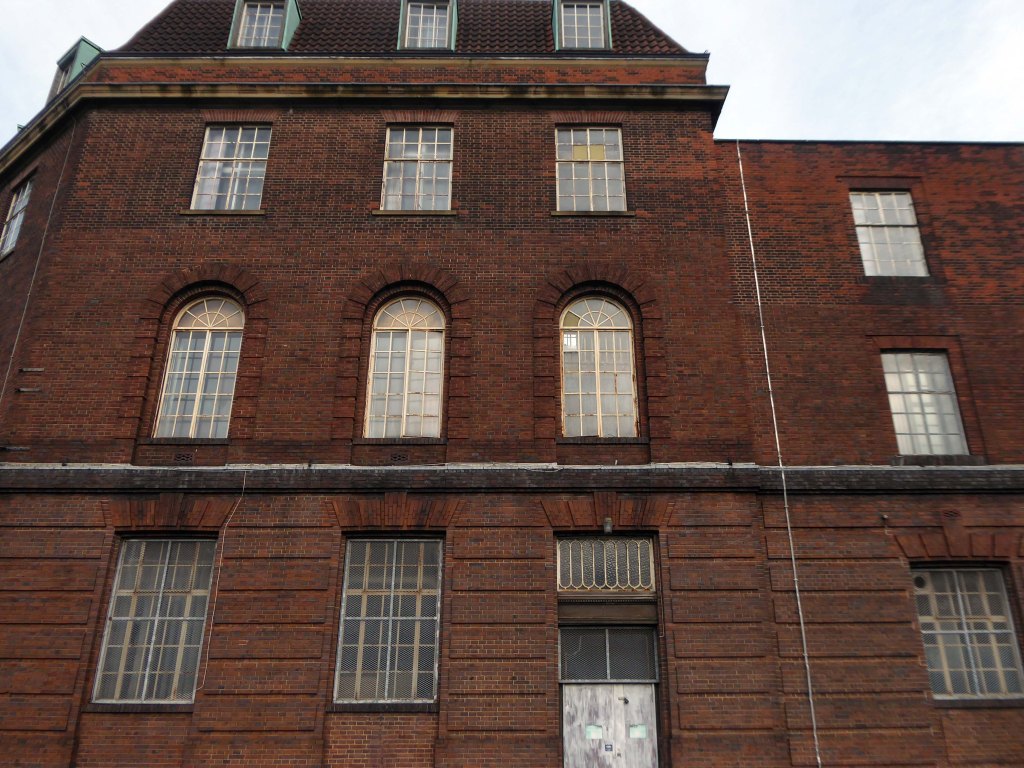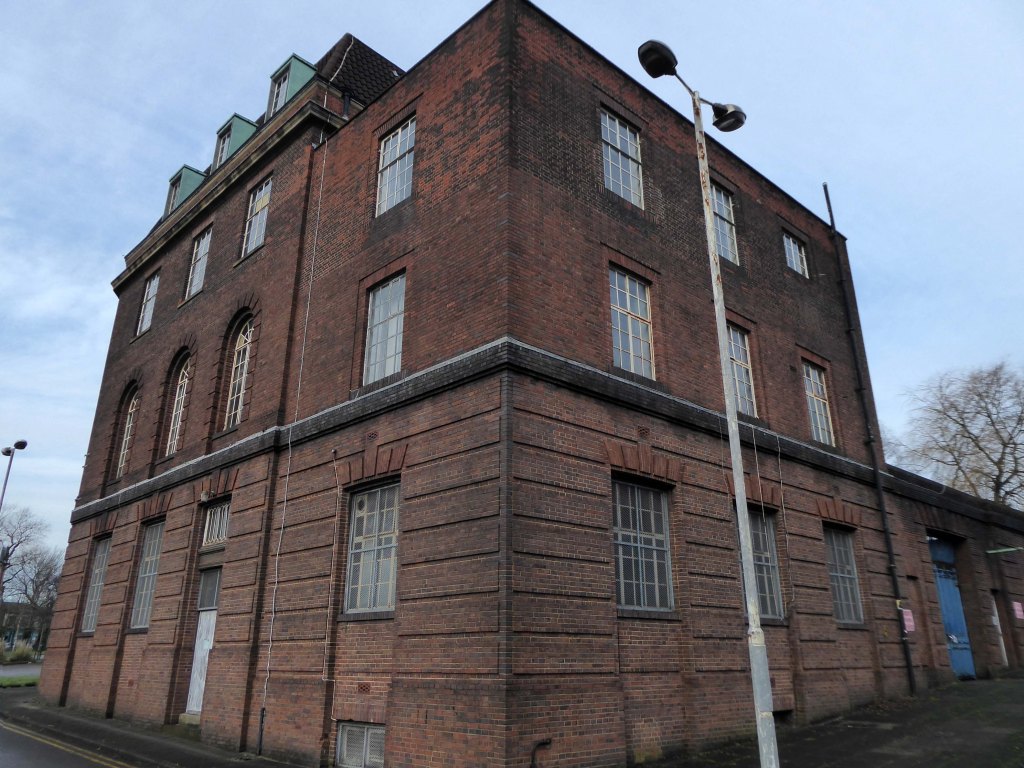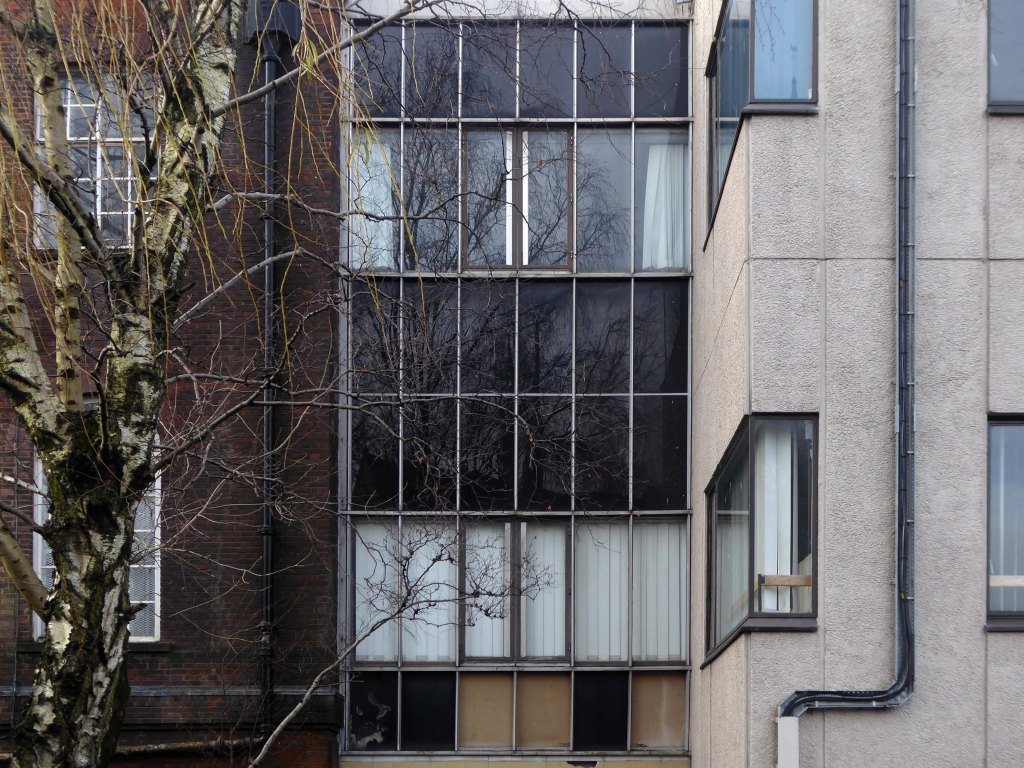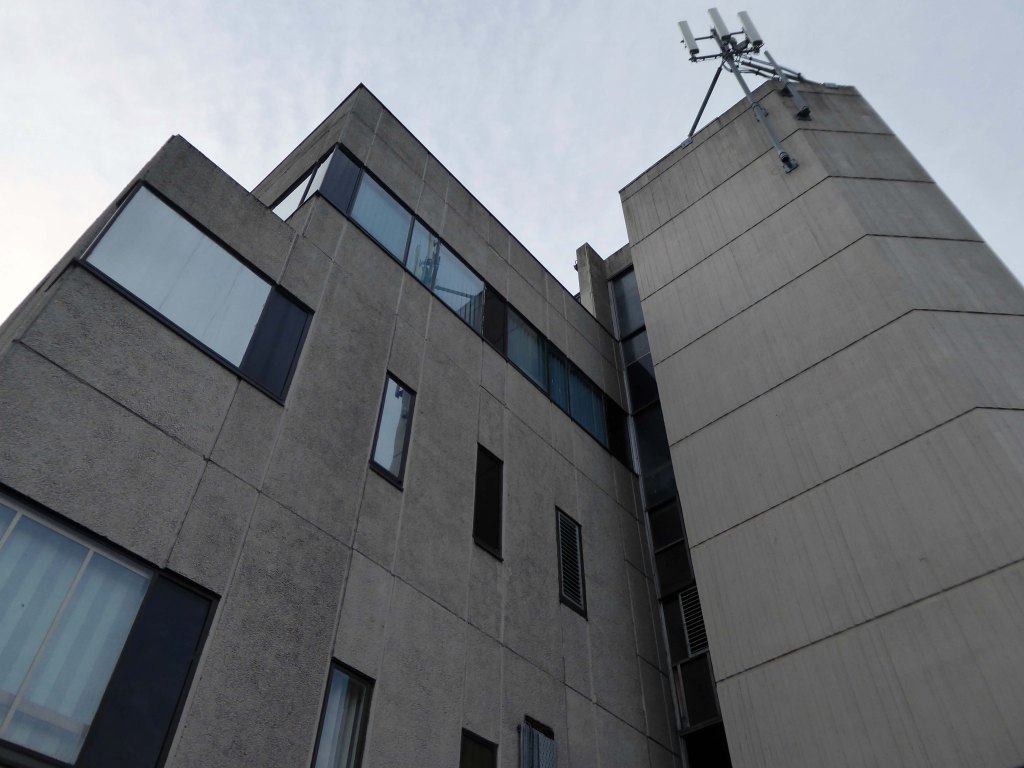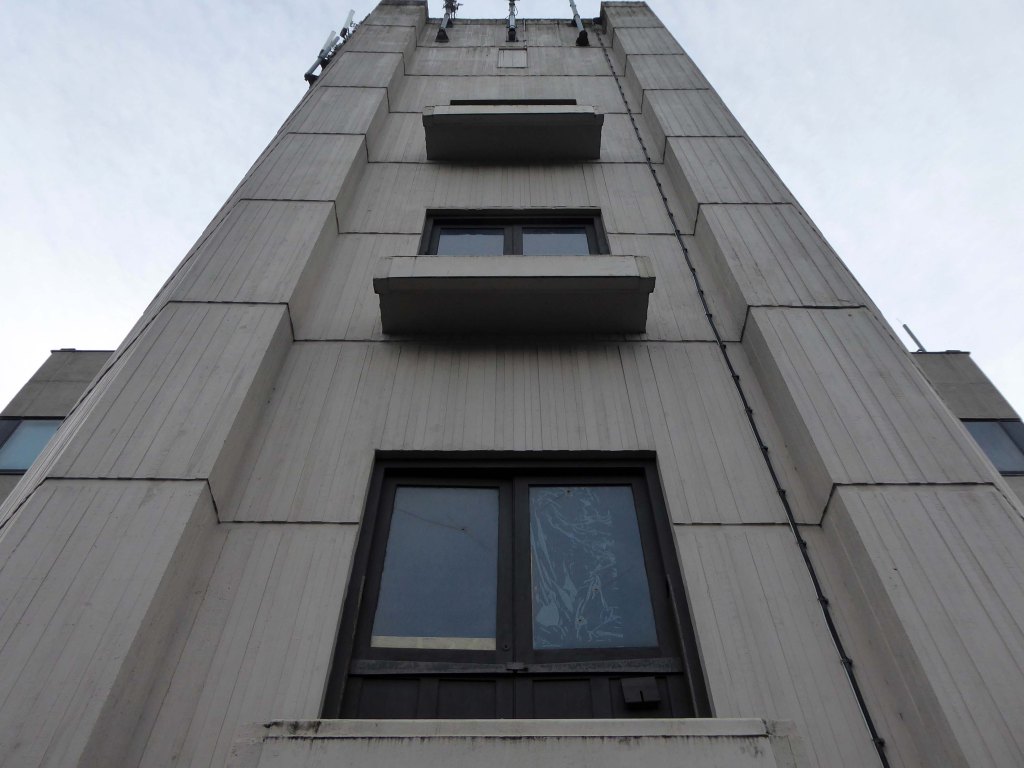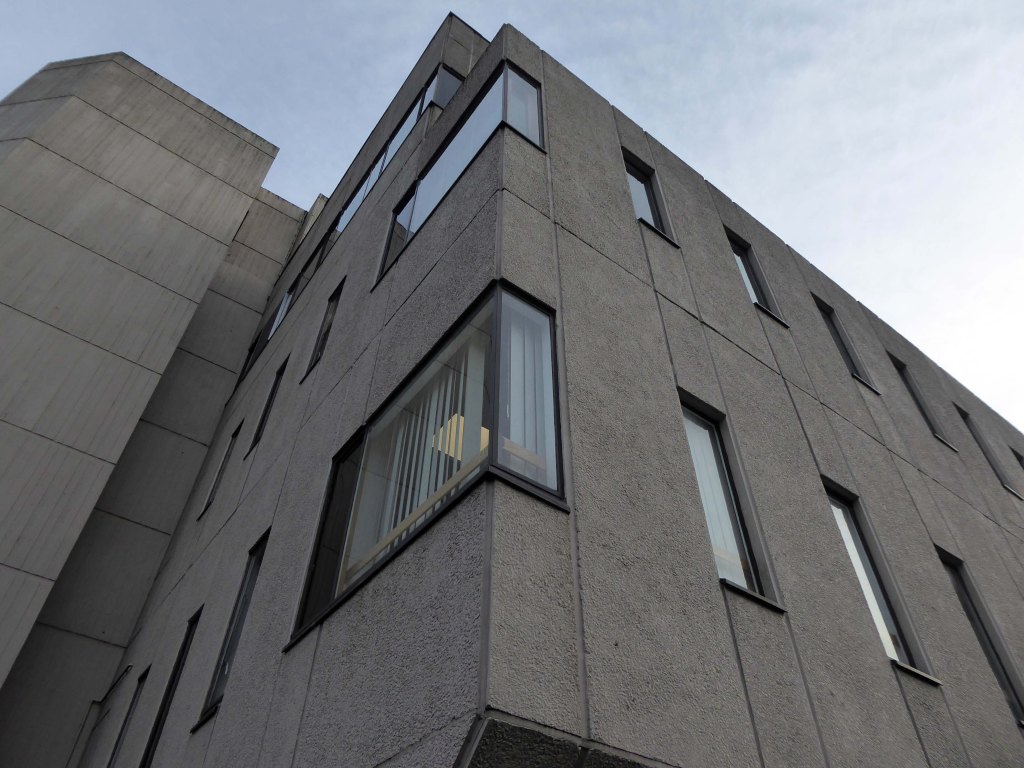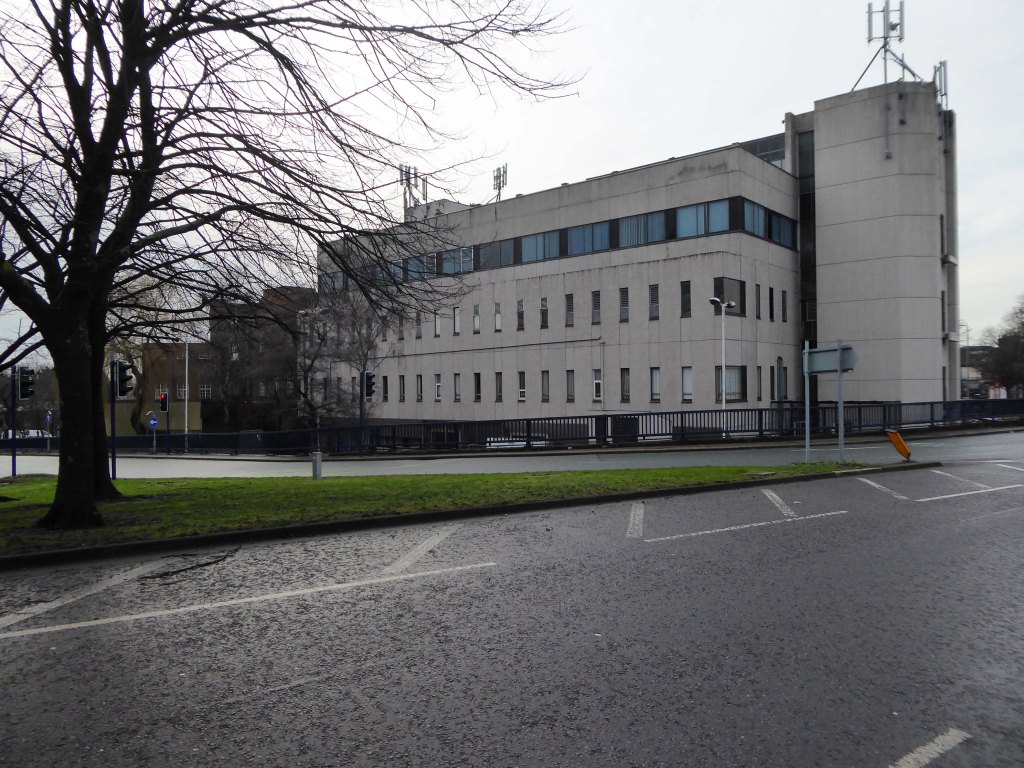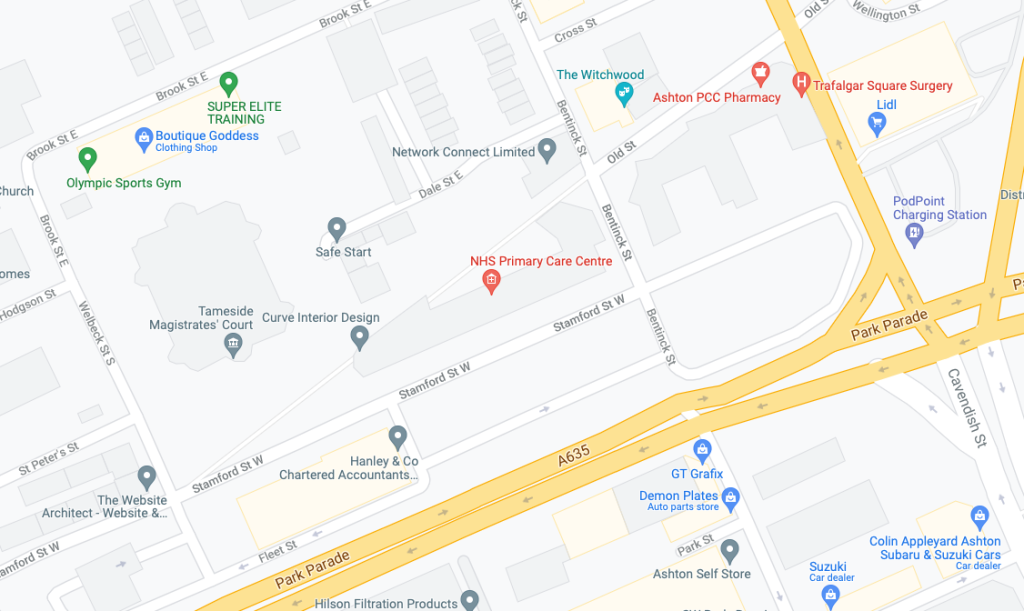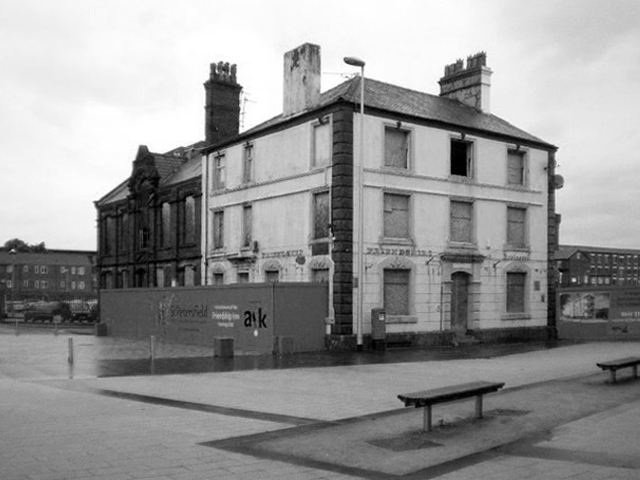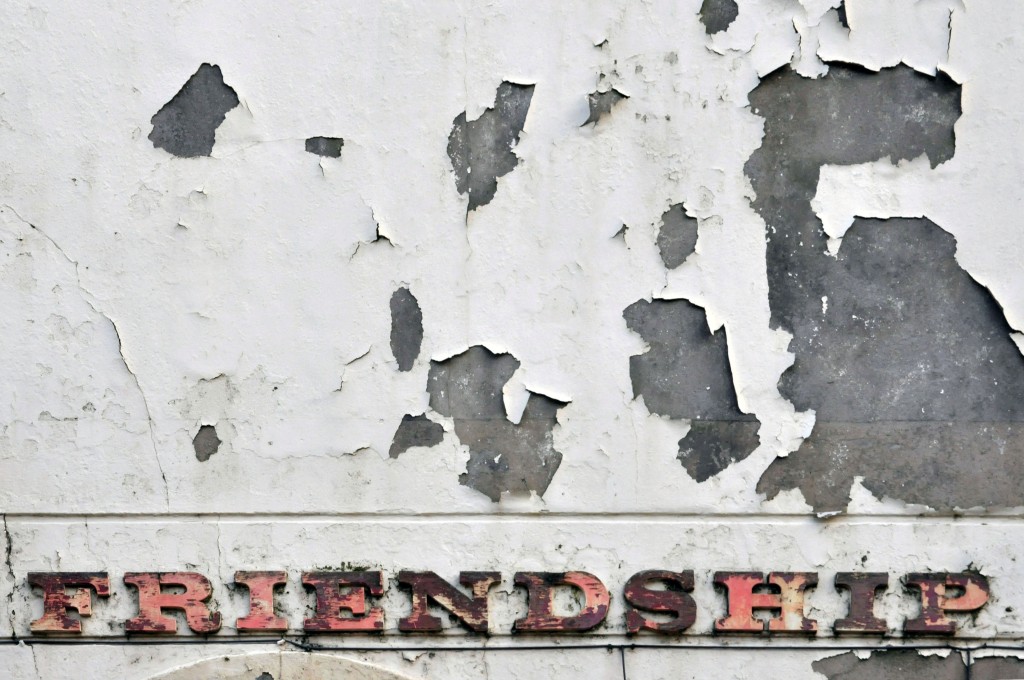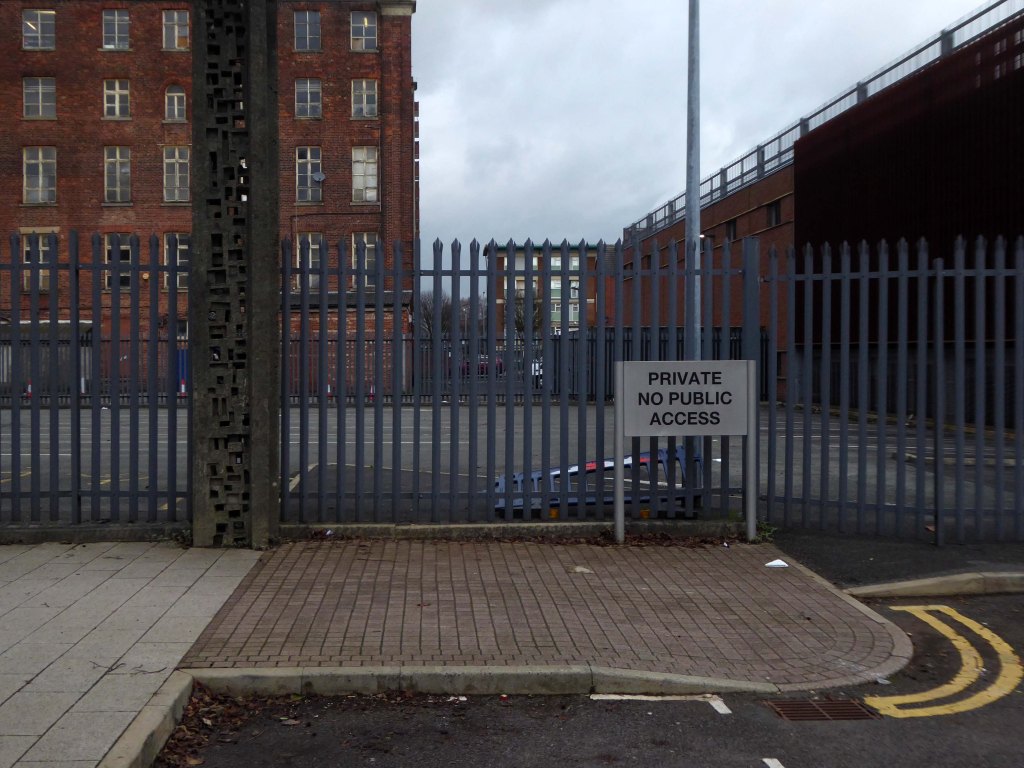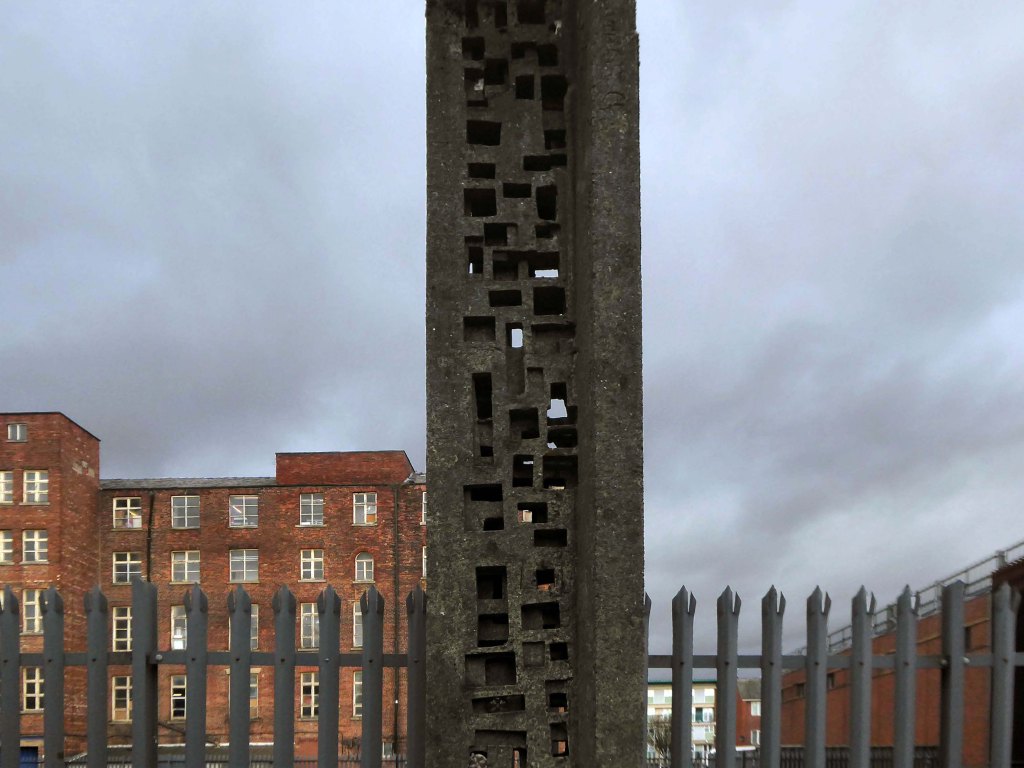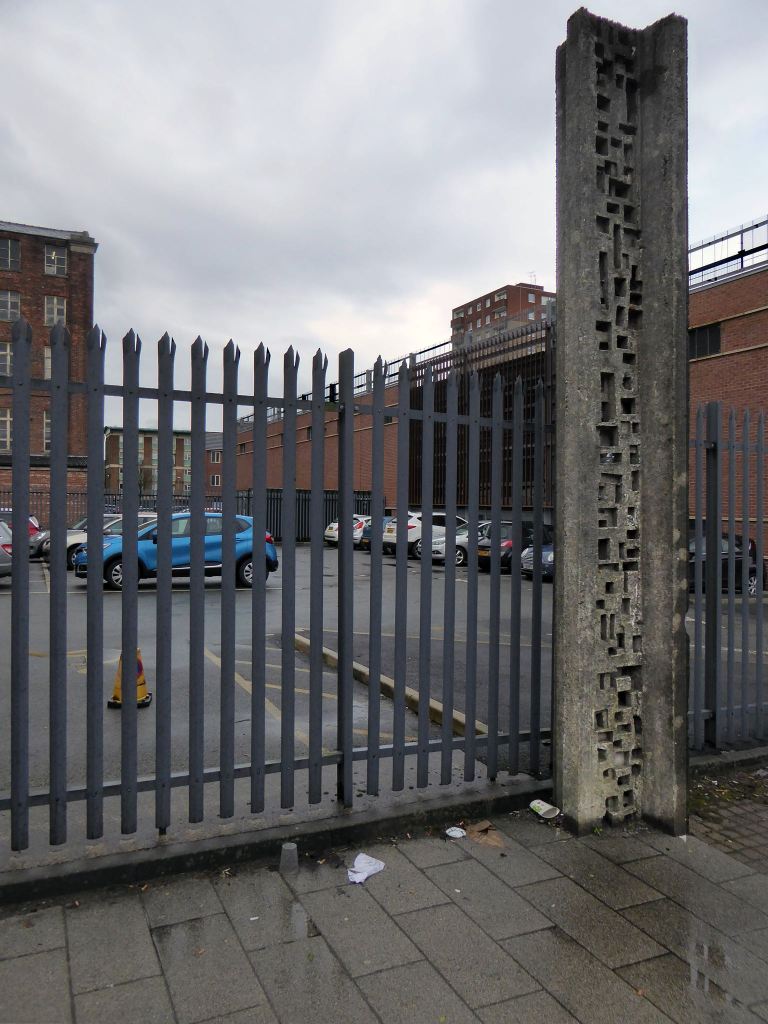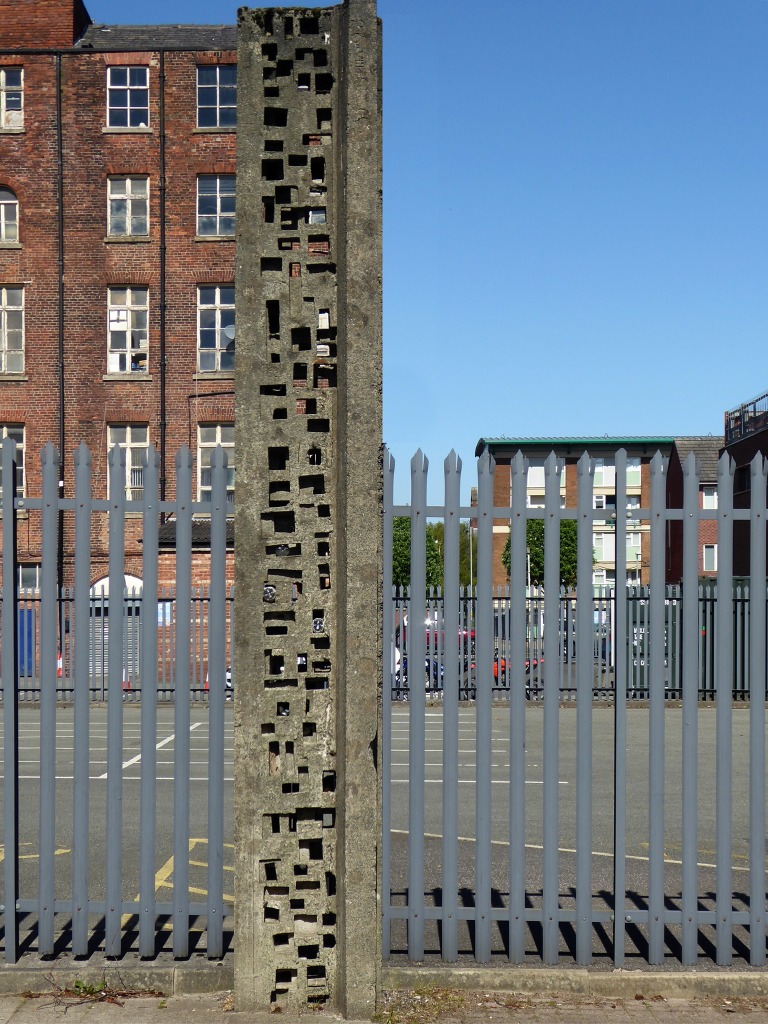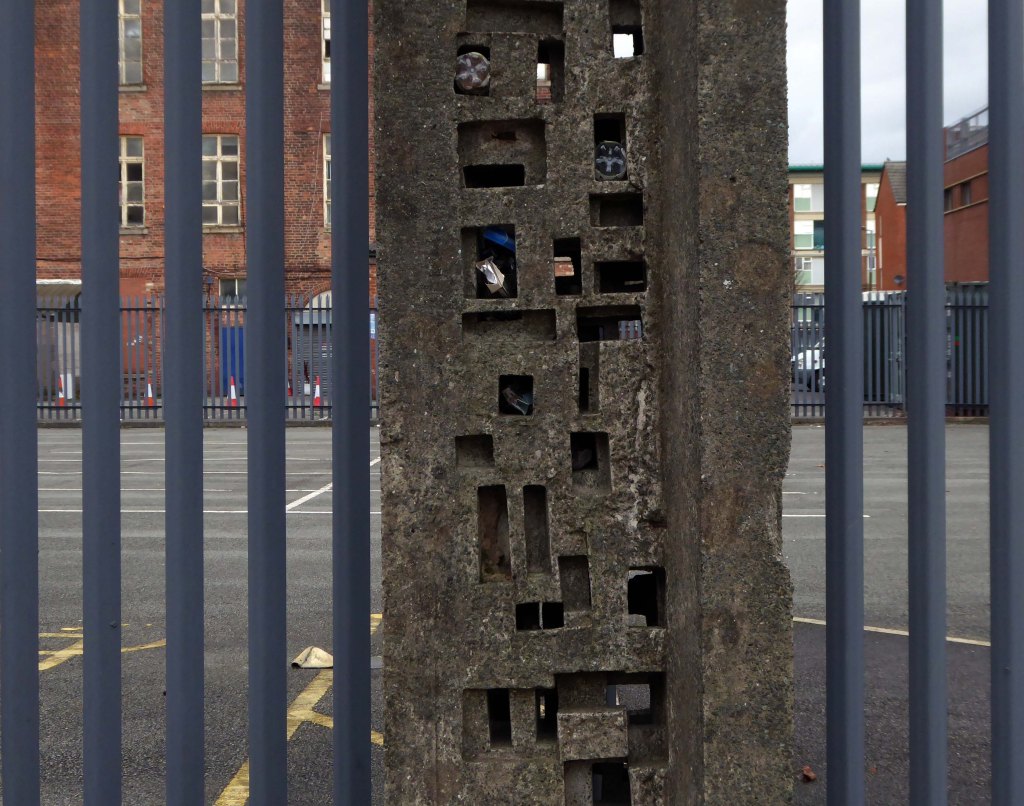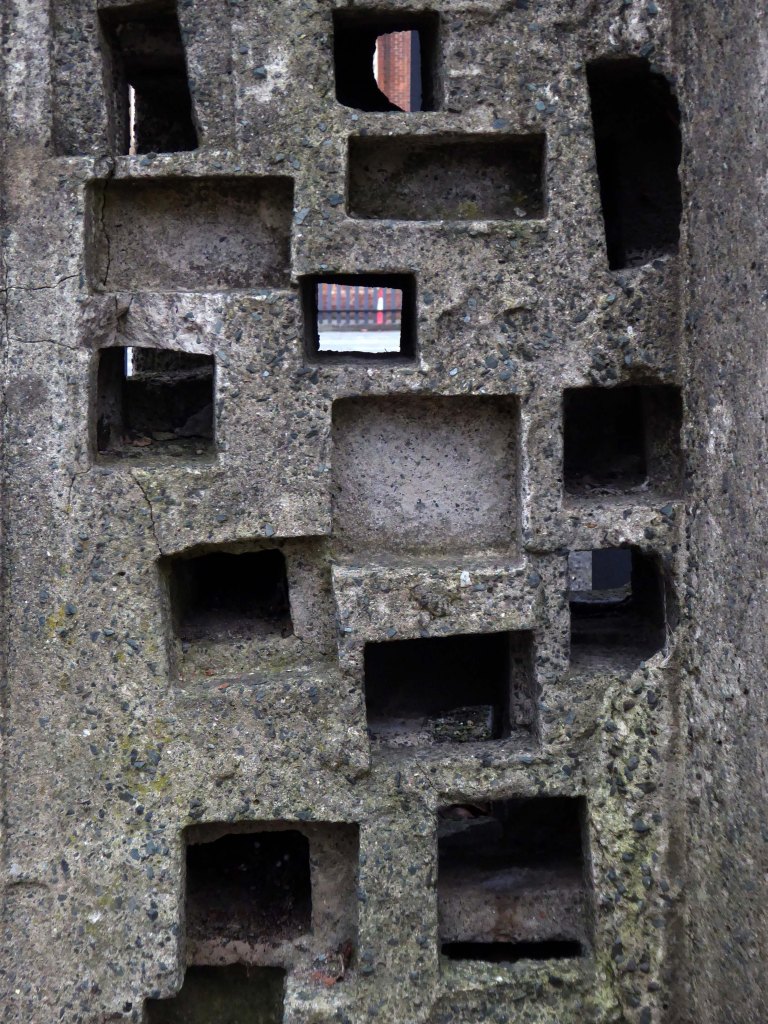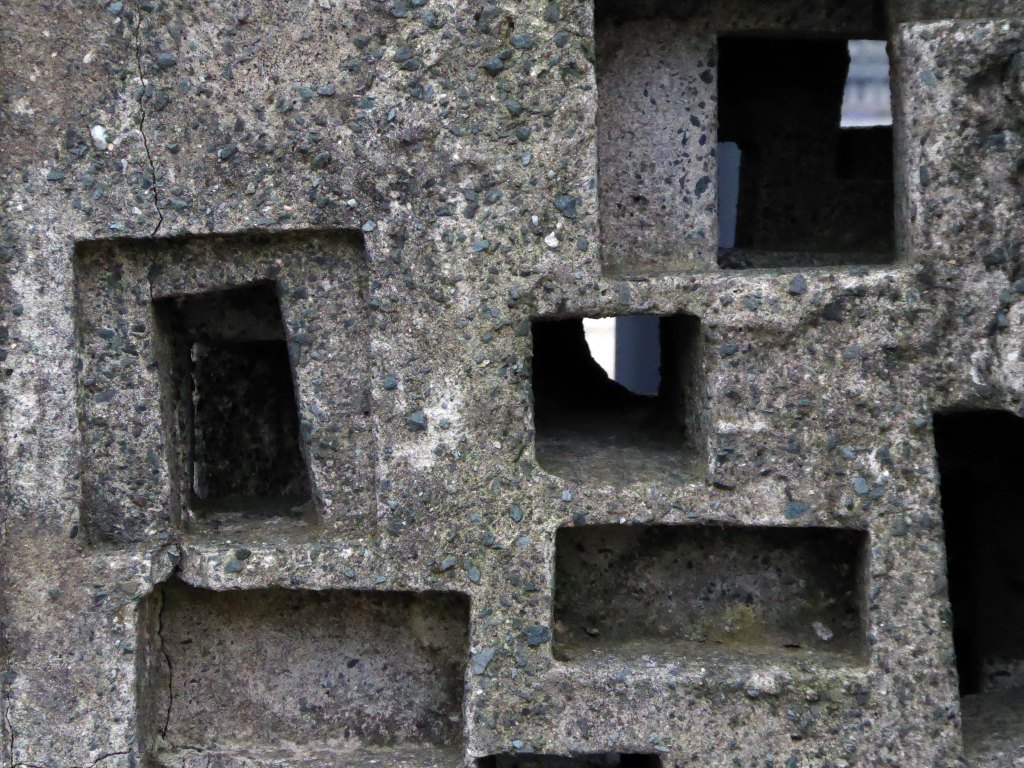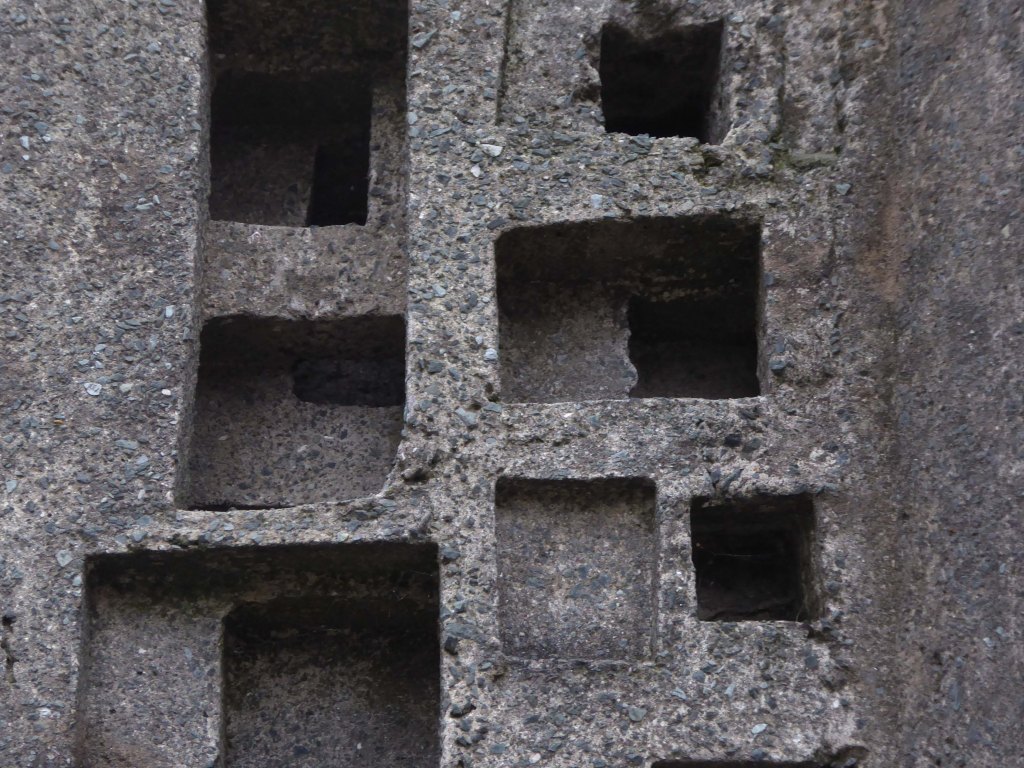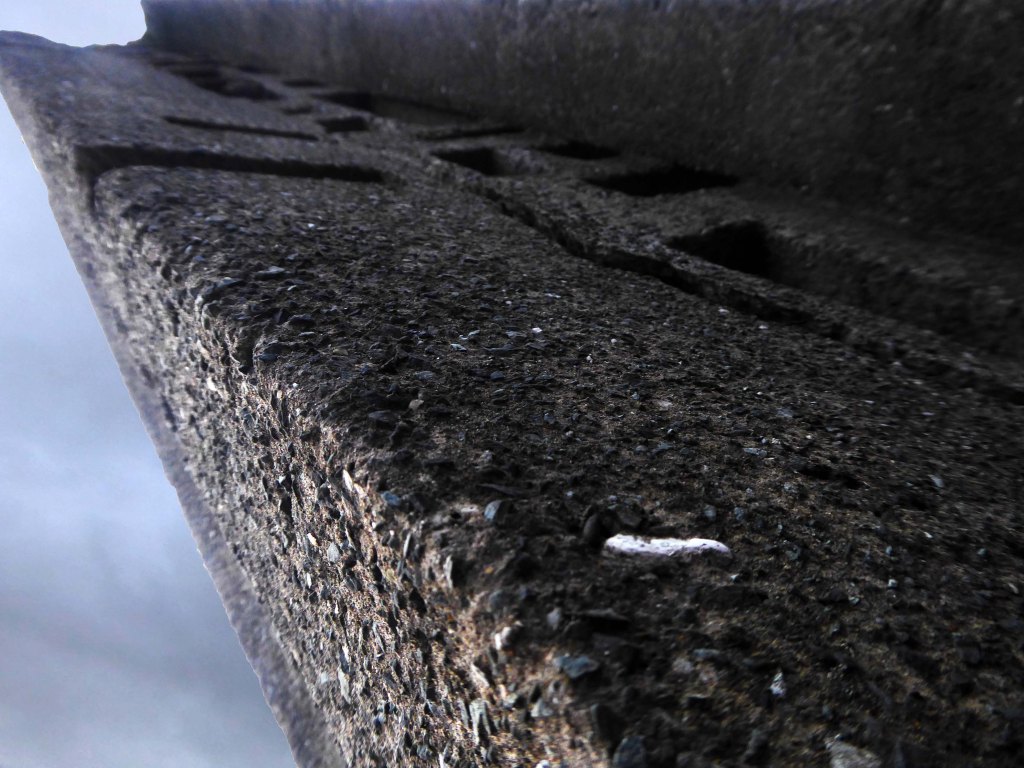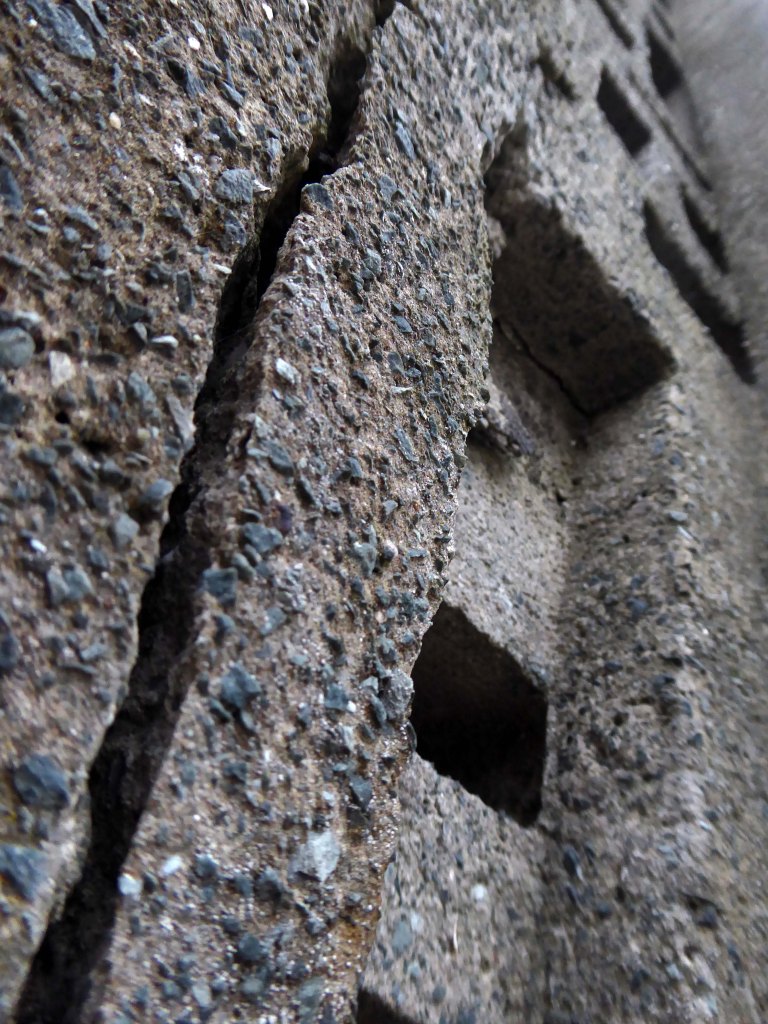New Inn 121-137 Greenside Lane Droylsden Manchester M43 7UT
It’s the 1830’s and Droylsden consist of farms, a smattering of industry and little else.

Greenside Lane has a farm, appropriately named Greenside Farm.

Where at some point in the 1930’s a pub appears – the appropriately named New Inn.

This such an anomaly in this setting, an architectural style more commonly found on the coast, the Seaside Moderne of Morecambe’s Midland Hotel, or Bexhill’s De la Warr Pavilion.
A streamlined ocean liner of a boozer, truly Tameside Moderne.
For the new housing in the area.

Air like Blackpool – and pub architecture to match!
I discovered on Carl Flaherty’s Flickr post some of the pub’s deep history.

My parents were the first licensees of the New Inn, I was six months old when we moved in, that was in 1936. It was always very busy even more so during WW2, the Home Guard put an old Lewis Gun on the roof which bought down the ceiling when they fired, crazy.
The roof used to have heaps of shrapnel after the bombing raids, the cellar was used as an air-raid shelter until the government built one for each home. We had a German fighter pilot housed in the cellar till the regular army came and took him away, he’d been shot down over Daisy Nook. We moved to Gatley in late 1949 and came to Australia in 1956. I remember the New Inn and Droylsden with fondness,the people were so friendly all the time.
I had a stack of those old photographs of the inside as it was then the Lewis gun and Karl -the pilot, plus ones of George Formby who was a mate of Dads he had a pinky red coloured Bentley which he used to park in the yard on the left of the pub. When I was in the army I was for a while in Germany I visited the pilot Karl Lehmann he lived in Hamburg, strange days mate.
John Leigh.

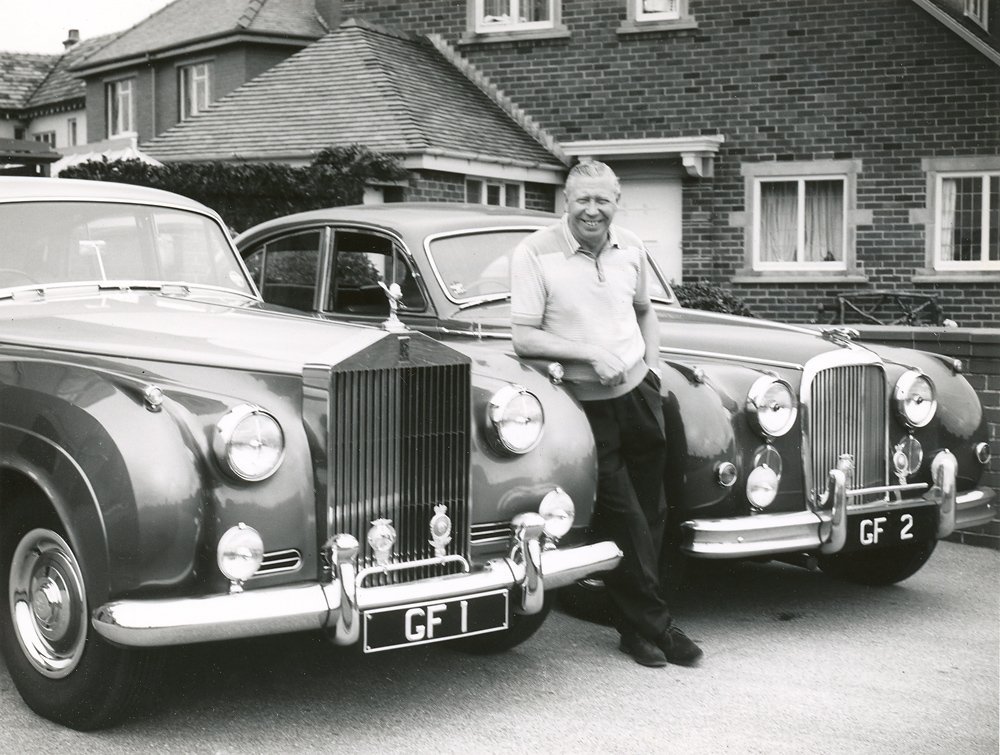
George had a passion for the Rolls and Jag – but it seems he also had a pinkish 1939 Mercury Eight Series 99A Estate during the war years.
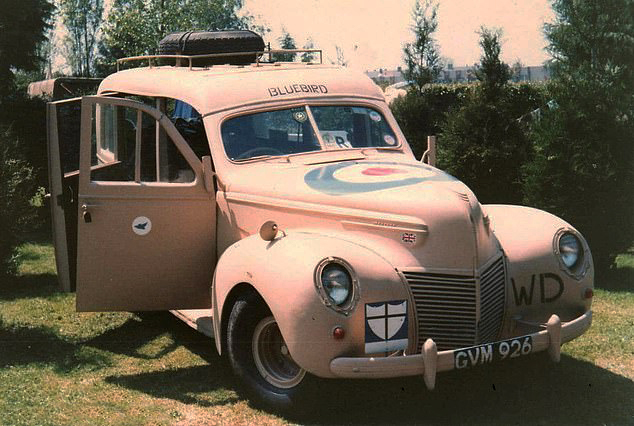
Commissioned by Sir Malcolm Campbell and later owned by George Formby.
The pub now closed is currently mixed use – apartments and retail, some detail has survived though as with many other examples, the victim of replacement uPVC and re-rendering.
Take a look.








